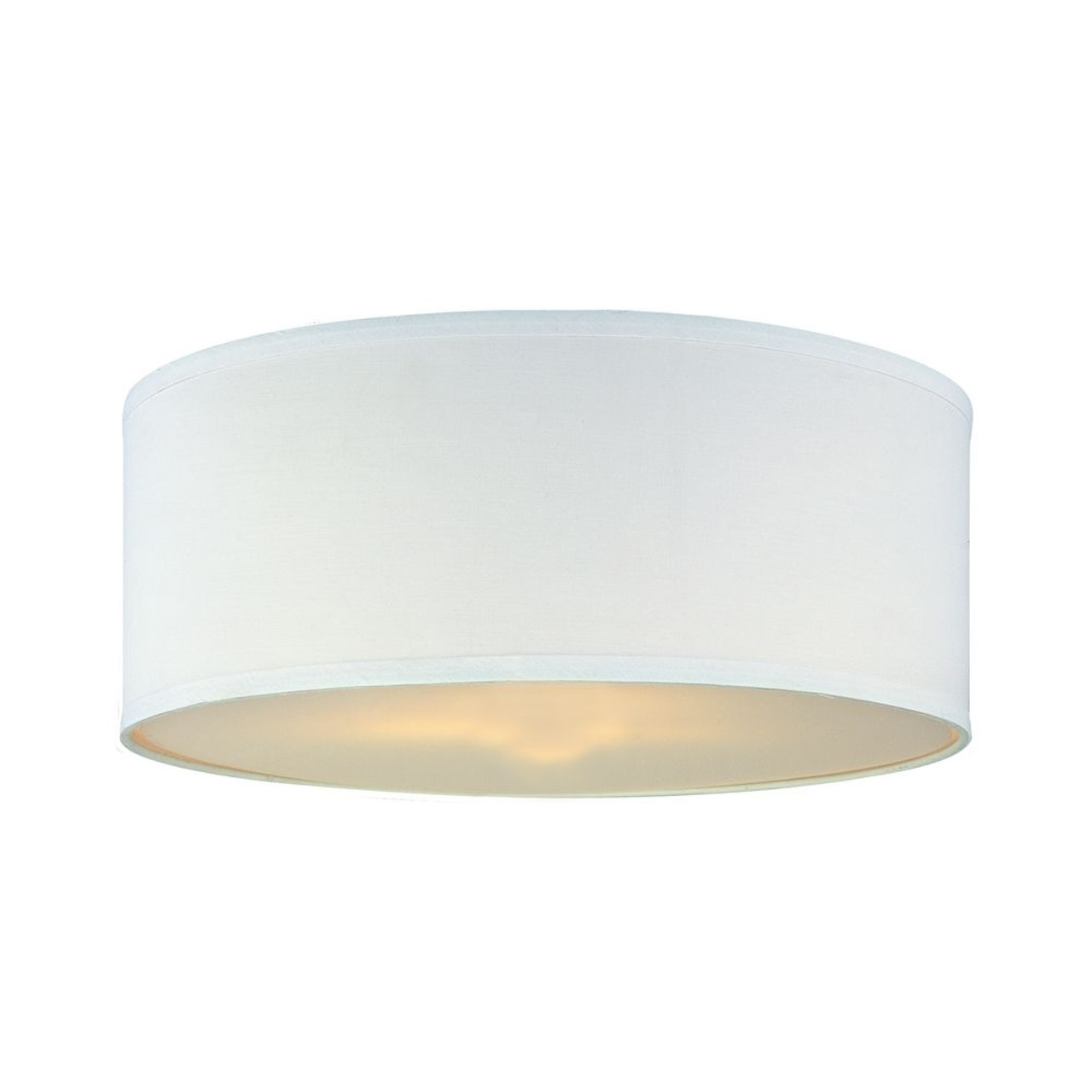

Furniture
What Is A Spider Lamp Shade
Modified: September 2, 2024
Discover the beauty and versatility of spider lamp shades. Enhance your furniture with a stylish and functional accessory that adds elegance to any room.
(Many of the links in this article redirect to a specific reviewed product. Your purchase of these products through affiliate links helps to generate commission for Storables.com, at no extra cost. Learn more)
Introduction
Welcome to the world of interior design, where every detail matters in creating the perfect ambiance for your home or office. One such detail that often gets overlooked but can make a significant impact is the lampshade. And specifically, in this article, we’ll be exploring the fascinating world of spider lamp shades.
A spider lamp shade is a type of lampshade that is secured to the lamp base using a spider fitter. The spider fitter consists of a metal frame with multiple arms that hold the shade in place. It is called a spider fitter because it resembles the legs of a spider.
Spider lamp shades have a long and interesting history, dating back to the nineteenth century. They are known for their versatile design, making them suitable for a wide range of lamp styles and sizes. From elegant and traditional to contemporary and minimalist, spider lamp shades come in various shapes, colors, and materials to complement any decor style.
One of the reasons spider lamp shades have remained popular over the years is their ability to diffuse light in a soft and warm manner. The delicate fabric or material used in the shade filters the light, creating a cozy and inviting atmosphere in any room.
In this comprehensive guide, we will delve into the world of spider lamp shades. We will explore their different types, materials, benefits, and provide tips on how to choose the perfect spider lamp shade for your lamp. Additionally, we will discuss how to clean and maintain your spider lamp shade to keep it looking its best.
Are you ready to unveil the hidden potential of your lamps with an exquisite spider lamp shade? Let’s explore the world of spider lamp shades together!
Key Takeaways:
- Spider lamp shades offer versatile design, soft light diffusion, and a rich history dating back to the nineteenth century, making them a timeless and stylish addition to any lamp and interior space.
- When choosing a spider lamp shade, consider the size, shape, material, and lighting effect to enhance the aesthetics of your lamp and create the desired ambiance in your space. Regular dusting and proper maintenance are essential to keep your spider lamp shade looking its best and ensure its longevity.
Read more: What To Do With An Old Lamp Shades
Definition of a Spider Lamp Shade
A spider lamp shade is a type of lampshade that is designed to be attached to a lamp base using a spider fitter. The spider fitter is a metal frame with multiple arms, resembling the legs of a spider, which hold the shade securely in place.
Spider lamp shades typically consist of a fabric or material stretched over the metal frame. The fabric can be made from various materials such as silk, linen, cotton, or even synthetic fibers. The choice of material can greatly impact the overall look and feel of the lampshade.
Spider lamp shades come in a variety of shapes and sizes, including drum, empire, bell, and square. Each shape offers a different aesthetic and can influence the way light is distributed in the room. For example, a tapered drum shade directs light both upward and downward, while a bell-shaped shade focuses the light in a more concentrated downward direction.
One of the defining features of a spider lamp shade is the spider fitter itself. This ingenious design allows for easy installation and removal of the lampshade. To attach the shade to the lamp base, the spider arms are positioned over the bulb socket, and a finial is used to secure the shade in place. This fitter style is widely used in the lamp industry due to its functionality and versatility.
Spider lamp shades offer a timeless and classic look that can enhance the style and aesthetics of any lamp or room. They provide a soft and diffused glow, creating a warm and inviting atmosphere. Whether you have a traditional or contemporary lamp, there is a spider lamp shade that can complement its design.
Now that we understand the definition and fundamental characteristics of a spider lamp shade, let’s explore the rich history behind these stylish and functional accessories.
History of Spider Lamp Shades
The history of spider lamp shades dates back to the nineteenth century when the advent of gas lighting revolutionized the way people illuminated their homes. During this time, lampshades became a popular accessory to soften the harsh glow of gas lamps.
Initially, lampshades were made from materials such as silk, paper, or glass. They were often hand-painted or adorned with intricate designs and patterns. The primary purpose was to diffuse the light and create a more comfortable and atmospheric environment.
The spider fitter, which is a defining feature of spider lamp shades, was invented in the late 1800s. Its innovative design allowed for a secure and easy attachment of the shade to the lamp base. Lamp manufacturers quickly recognized the benefits of the spider fitter and began incorporating it into their designs.
Spider lamp shades gained popularity during the Victorian era when ornate and elaborate designs were in vogue. These shades were often adorned with fringe, tassels, and intricate fabric patterns, adding a touch of opulence to the lamps they adorned. The spider fitter allowed for easy customization and interchangeability of lampshades, making them a versatile choice for interior decorators.
As electric lighting became more prevalent in the early twentieth century, spider lamp shades underwent a transformation. The shades became simpler in design and focused more on functionality and versatility. The use of new materials and manufacturing techniques allowed for a wider range of shapes, sizes, and colors.
In recent years, spider lamp shades have experienced a resurgence in popularity, as interior design trends have embraced a blend of vintage and modern styles. Contemporary spider lamp shades can be found in a multitude of materials, including fabric, metal, glass, and even woven natural materials like rattan or bamboo.
Today, spider lamp shades continue to be an essential element in interior design. They offer a combination of practicality, versatility, and style. Whether you prefer a classic and timeless look or a more modern and minimalist approach, there is a spider lamp shade to suit your taste and complement your space.
Now that we have explored the intriguing history behind spider lamp shades, let’s delve into the different types of spider lamp shades available in the market today.
Types of Spider Lamp Shades
Spider lamp shades come in a wide variety of shapes, sizes, and materials, allowing you to find the perfect shade to complement your lamp and enhance your decor. Let’s explore some of the most popular types of spider lamp shades:
- Drum Lamp Shades: Drum lamp shades are cylindrical in shape, with straight sides that go straight up and down. They offer a clean and modern look and are suitable for a variety of lamp styles. Drum shades are versatile and work well in both traditional and contemporary settings.
- Empire Lamp Shades: Empire lamp shades are similar to drum shades but have a gentler slope. They have a narrower top and wider bottom, creating a more tapered silhouette. Empire shades provide a classic and elegant look and are often associated with traditional or vintage decor styles.
- Bell Lamp Shades: Bell lamp shades are characterized by their flared shape, resembling the shape of a bell. They have a wide bottom and a narrower top, allowing for a diffused and focused light output. Bell shades add a touch of sophistication and are commonly used for table lamps and chandeliers.
- Square Lamp Shades: Square lamp shades offer a unique and contemporary look. They have straight sides and sharp corners, providing a modern and geometric aesthetic. Square shades are often used for floor lamps and can add a bold statement to any room.
- Pleated Lamp Shades: Pleated lamp shades feature folds or pleats in the fabric, creating an elegant and textured look. Pleating adds depth and dimension to the shade, enhancing its visual appeal. Pleated shades can range from simple and understated to elaborate and ornate, depending on the design of the pleats.
- Printed Lamp Shades: Printed lamp shades offer a creative and personalized touch to your lighting. They feature patterns, designs, or images printed on the fabric of the shade. Whether you prefer floral motifs, geometric patterns, or artistic illustrations, printed lamp shades can add a pop of visual interest to your space.
These are just a few examples of the many types of spider lamp shades available. Each style offers a unique aesthetic and can greatly impact the overall look and feel of your lamp and room. When choosing a lamp shade, consider the size and shape of your lamp base, the overall decor style, and the desired lighting effect.
Now that we’ve explored the different types of spider lamp shades, let’s delve into the materials used to create these stylish accessories.
Materials Used for Spider Lamp Shades
Spider lamp shades are crafted from a variety of materials, each offering unique characteristics and visual appeal. The choice of material can greatly influence the overall look and feel of the lamp shade and its impact on the surrounding space. Let’s explore some of the most popular materials used for spider lamp shades:
- Fabric: Fabric lamp shades are a classic choice for spider lamp shades. They can be made from a range of fabrics, including silk, linen, cotton, or synthetics. Silk lamp shades exude elegance and luxury with their smooth texture and lustrous appearance. Linen lamp shades offer a more casual and rustic look, providing a warm and cozy ambiance. Cotton shades are lightweight and versatile, ideal for creating a relaxed and contemporary atmosphere.
- Paper: Paper lamp shades are lightweight and often have a delicate and translucent quality. They can be plain or decorated with prints and patterns. Paper shades are popular for their affordability and versatility, suiting both traditional and modern styles. They can add a soft and subtle glow to any space.
- Metal: Metal lamp shades are a modern and sleek option for spider lamp shades. They can be made from various metals, such as brass, copper, or steel. Metal shades offer durability and a minimalist aesthetic. They are often used in industrial-style or contemporary spaces, providing a sleek and sophisticated look.
- Glass: Glass lamp shades add a touch of elegance and sophistication to any lamp. They can be clear or frosted, allowing for different levels of light diffusion. Glass shades come in a variety of shapes, sizes, and textures, offering endless design possibilities. They are commonly used in traditional or vintage-style lamps, but can also be incorporated into modern and eclectic settings.
- Woven Natural Materials: Lamp shades made from woven natural materials, such as rattan, bamboo, or grasses, bring a touch of nature indoors. These shades create a warm and organic look, adding texture and visual interest to the lamp. Woven natural material shades are often found in coastal, bohemian, or tropical-inspired decor styles.
- Plastic: Plastic lamp shades are lightweight, durable, and affordable. They come in a wide variety of colors and finishes, making them a versatile choice for various decor styles. Plastic shades are often used in contemporary or playful spaces, adding a pop of color or a modern design element.
The choice of material for your spider lamp shade depends on your personal style, the desired lighting effect, and the overall aesthetics of the room. By carefully selecting the material, you can enhance the atmosphere and create a visually appealing focal point in your space.
Now that we have explored the different materials used for spider lamp shades, let’s move on to discuss the benefits of using spider lamp shades in your interior design.
When choosing a spider lamp shade, make sure to measure the diameter of your lamp’s harp and the height of the shade you need. This will ensure a proper fit for your lamp.
Read more: What Color Lamp Shade To Choose
Benefits of Using Spider Lamp Shades
Spider lamp shades offer numerous benefits that make them a popular choice for illuminating and decorating spaces. Whether you’re looking to create a cozy ambiance, enhance lighting functionality, or add a stylish touch to your interior design, spider lamp shades can deliver. Let’s explore some of the key benefits of using spider lamp shades:
1. Soft and Diffused Lighting: Spider lamp shades are designed to diffuse light in a soft and gentle manner. The fabric or material used in the shade filters the light, creating a warm and inviting glow. This diffused lighting helps to create a cozy ambiance, perfect for relaxation or socializing.
2. Versatility: Spider lamp shades come in various shapes, sizes, and materials, making them versatile enough to complement any lamp base and fit into any interior design style. Whether you have a traditional table lamp or a contemporary floor lamp, there is a spider lamp shade that can enhance its aesthetic appeal.
3. Style and Decor Enhancement: A well-chosen spider lamp shade can become a focal point in your room, adding style and visual interest. You can select shades that match your existing decor or use them as an opportunity to introduce a new color or pattern into the space. Spider lamp shades offer endless possibilities for personalization and customization.
4. Light Direction Control: The shape and design of spider lamp shades can influence the direction of light. Some shades, like bell or empire shades, focus the light downwards, providing task lighting or highlighting specific areas in the room. Others, like drum shades, offer more ambient lighting, dispersing the light in all directions. This versatility allows you to create the desired lighting effect you need for different activities or moods.
5. Light Glare Reduction: Spider lamp shades help reduce glare from the light bulb, preventing direct eye contact with the bright light source. The shade’s fabric or material diffuses the light, minimizing harsh glares and creating a more comfortable and soothing environment.
6. Protection: Spider lamp shades provide a protective barrier around the light bulb, preventing dust, insects, or accidental contact with the hot bulb. This helps to extend the lifespan of the bulb and ensures safe usage.
7. Easy Installation and Maintenance: Spider lamp shades are designed to be easily attached and removed from the lamp base. The spider fitter allows for quick and hassle-free installation. Additionally, most spider lamp shades are easy to clean and maintain, with options to vacuum or wipe away dust or stains.
By incorporating spider lamp shades into your lighting design, you can enjoy these benefits while adding a touch of elegance and functionality to your space.
Now that we have highlighted the advantages of using spider lamp shades, let’s move on to discussing how to choose the right spider lamp shade for your lamp.
How to Choose the Right Spider Lamp Shade for Your Lamp
Choosing the right spider lamp shade is essential to enhance the aesthetics of your lamp and create the desired lighting effect in your space. Here are some key factors to consider when selecting a spider lamp shade:
1. Size and Proportions: Consider the size and proportions of your lamp base when choosing a lamp shade. The shade should be proportionate to the lamp, neither too large nor too small. A general rule of thumb is to ensure that the bottom diameter of the shade is wider than the widest part of the lamp base.
2. Shape: Determine the shape of the lamp shade that best complements your lamp and suits your interior design style. Consider whether a drum, empire, bell, or square shape would work best for your lamp base and space. Remember, different shapes can create different lighting effects and visual aesthetics.
3. Height: Pay attention to the height of the spider lamp shade. The bottom of the shade should be at eye level or slightly below when you are seated in the room. This ensures that the light is directed appropriately and does not cause discomfort.
4. Style and Design: Consider the overall style and design of your space when choosing a lamp shade. Do you prefer a classic, traditional look or a more modern and contemporary feel? Look for shades that match or complement your existing decor style. Patterns, colors, and textures can also play a role in creating a cohesive and visually appealing look.
5. Lighting Effect: Think about the type of lighting effect you want to achieve. Different materials and fabrics can create different levels of light diffusion. If you prefer a softer and more diffused light, consider a fabric shade. For a more focused and direct light, glass or metal shades may be more suitable.
6. Room Functionality: Consider the functionality of the room where the lamp will be placed. For task-oriented spaces like a home office or reading corner, a shade that allows more light to be directed downward may be preferable. In contrast, for a cozy living room or bedroom, a shade that diffuses light in all directions can create a warm and inviting atmosphere.
Remember, it’s always a good idea to bring your lamp base with you when shopping for a lamp shade to ensure a proper fit and visual harmony. Additionally, don’t be afraid to experiment with different shades to find the perfect match and achieve the desired lighting and aesthetic for your space.
Now that you know how to choose the right spider lamp shade for your lamp, let’s move on to discussing how to clean and maintain your spider lamp shade to keep it looking its best.
How to Clean and Maintain a Spider Lamp Shade
Proper cleaning and maintenance of your spider lamp shade are important to keep it looking its best and ensure its longevity. Here are some guidelines to help you effectively clean and maintain your spider lamp shade:
1. Determine the Material: Firstly, identify the material your lamp shade is made of, as different materials may require specific cleaning methods. For fabric shades, check the manufacturer’s instructions or tag for cleaning recommendations. If the shade is made of glass or metal, it can usually be cleaned using common household cleaning agents.
2. Regular Dusting: Dust your lamp shade regularly using a feather duster or a soft, dry cloth. This will help prevent the accumulation of dust and dirt on the surface. Start from the top and work your way down, gently wiping the shade in a circular motion.
3. Vacuuming: For fabric or woven natural material shades, vacuuming can be an effective way to remove loose dirt and debris. Use a handheld vacuum cleaner with a soft brush attachment and run it gently over the surface of the shade.
4. Spot Cleaning: If your lamp shade has stains or spots, spot cleaning may be necessary. For fabric shades, lightly dampen a clean cloth with water or a mild detergent solution and gently dab the affected area. Be careful not to saturate the fabric and always test a small, inconspicuous area first.
5. Dry Cleaning: If your fabric shade requires more thorough cleaning, you may consider dry cleaning. It is best to consult a professional cleaner experienced in handling delicate fabrics to ensure proper care and avoid any damage.
6. Protect from Sunlight: To prevent fading or discoloration, avoid placing your lamp shade in direct sunlight for extended periods. Overexposure to sunlight can cause the fabric or material to deteriorate and lose its original color.
7. Handle with Care: When removing or installing the lamp shade, handle it with care to avoid any tears or damage. Hold the shade by its frame or use gloves to protect it from oils and dirt on your hands.
8. Storage: If you need to store your lamp shade temporarily, make sure it is clean and completely dry before doing so. Store it in a cool, dry place away from excessive heat or moisture, and avoid placing heavy objects on top of it to prevent deformation.
By following these cleaning and maintenance tips, you can keep your spider lamp shade in excellent condition, ensuring it continues to enhance the beauty of your lamp and provide a pleasing illumination for years to come.
Now that you know how to clean and maintain your spider lamp shade, let’s address some frequently asked questions about spider lamp shades.
Frequently Asked Questions about Spider Lamp Shades
Here are some commonly asked questions about spider lamp shades, along with their answers:
1. Can I use a spider lamp shade on any lamp?
Yes, spider lamp shades are designed to be versatile and can be used on a variety of lamps. The spider fitter allows for easy installation and removal, making it compatible with most lamp bases.
2. How do I measure a spider lamp shade?
To measure a spider lamp shade, you need to determine the bottom diameter, top diameter (if applicable), and the slant height. Measure the bottom diameter by measuring across the widest part of the shade. If the shade has a different top diameter, measure that as well. To find the slant height, measure from the top edge to the bottom edge along the slanted side of the shade.
3. Can I change the spider fitter on my lamp to use a different lamp shade?
In most cases, it is possible to change the spider fitter on your lamp to accommodate a different lamp shade. However, it is recommended to consult a professional or an experienced lamp technician to ensure a proper fit and avoid any damage to the lamp.
4. Can I use a spider lamp shade for a floor lamp?
Yes, spider lamp shades can be used for floor lamps. However, it is important to choose a shade that is proportionate to the size and style of the floor lamp. Consider the height and width of the shade to ensure it complements the lamp base and provides the desired lighting effect.
5. How do I change the bulb in a spider lamp shade?
To change the bulb in a spider lamp shade, you will need to remove the shade from the lamp base. Unscrew the finial at the top of the shade, gently lift the shade off the spider fitter, and replace the bulb. Once the new bulb is in place, carefully reattach the shade and secure it with the finial.
6. Can I wash a fabric spider lamp shade?
It depends on the fabric and the manufacturer’s instructions. Some fabric lamp shades can be spot cleaned or gently hand washed. However, others may require professional dry cleaning. Always check the manufacturer’s recommendations or consult a professional cleaner to ensure proper care.
7. Are spider lamp shades suitable for LED or energy-saving bulbs?
Yes, spider lamp shades are compatible with a variety of bulb types, including LED and energy-saving bulbs. Just make sure to select a shade that allows for the proper heat dissipation and fits the bulb socket of your lamp base.
If you have any more questions regarding spider lamp shades, it’s always best to consult with a lighting specialist or professional who can offer personalized advice based on your specific needs and requirements.
Now, armed with knowledge about spider lamp shades, it’s time to explore the world of lampshades and find the perfect one to brighten up your space!
Read more: What Is A Slip Uno Lamp Shade
Conclusion
Spider lamp shades are not just functional accessories but also stylish elements that can greatly enhance the beauty and ambiance of your space. With their versatile design, variety of shapes, and materials, spider lamp shades offer endless possibilities for customization and personalization.
Throughout this comprehensive guide, we have explored the definition and history of spider lamp shades, delved into the different types and materials available, and discussed the benefits they offer in terms of lighting and decor. We have also provided tips on how to choose the right spider lamp shade for your lamp, along with guidelines for cleaning and maintaining it to ensure its longevity.
Remember that the size, shape, and material of the lamp shade should be carefully considered to achieve the desired lighting effect and complement the overall style of your space. Spider lamp shades provide versatile and diffused lighting, protect the bulb, and add an aesthetic appeal that can transform any lamp into a captivating focal point.
Whether you opt for a classic fabric shade, a sleek metal design, or an artistic printed pattern, the choice is yours. Let your creativity shine through as you select the perfect spider lamp shade to illuminate and enhance your home or office.
Now, armed with the knowledge acquired from this guide, you can confidently explore the world of spider lamp shades and make a choice that will bring warmth, style, and functionality to your lighting arrangement.
Illuminate your space with elegance and let your personality shine through with a well-chosen spider lamp shade. Enjoy the cozy and inviting atmosphere it creates and the admiration it garners from family and friends.
Happy lamp shade hunting!
Frequently Asked Questions about What Is A Spider Lamp Shade
Was this page helpful?
At Storables.com, we guarantee accurate and reliable information. Our content, validated by Expert Board Contributors, is crafted following stringent Editorial Policies. We're committed to providing you with well-researched, expert-backed insights for all your informational needs.
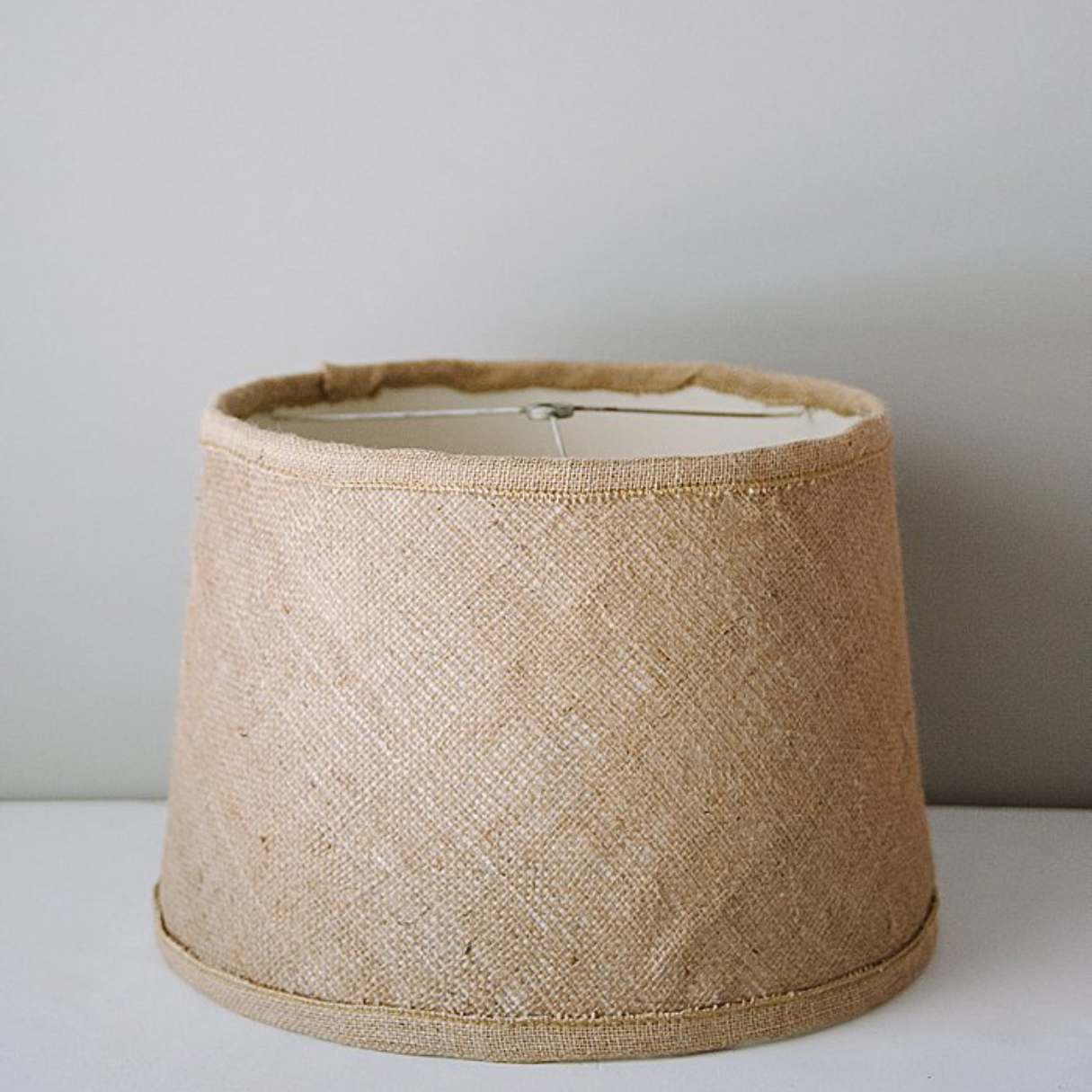
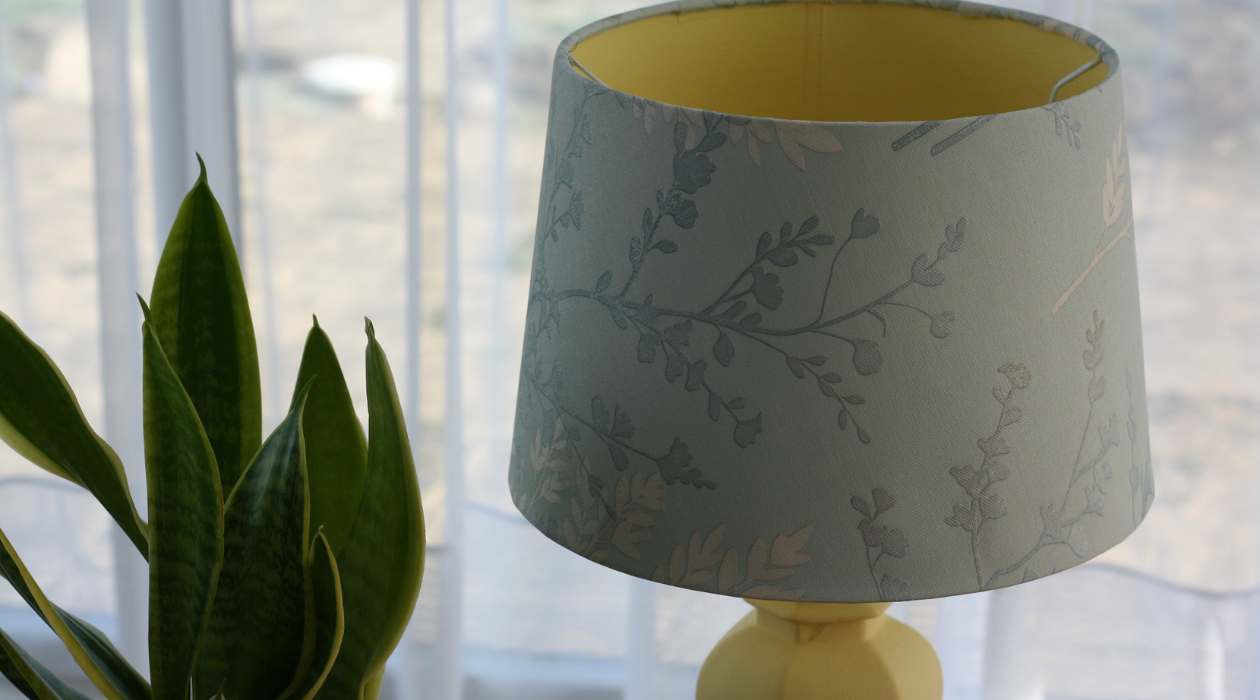
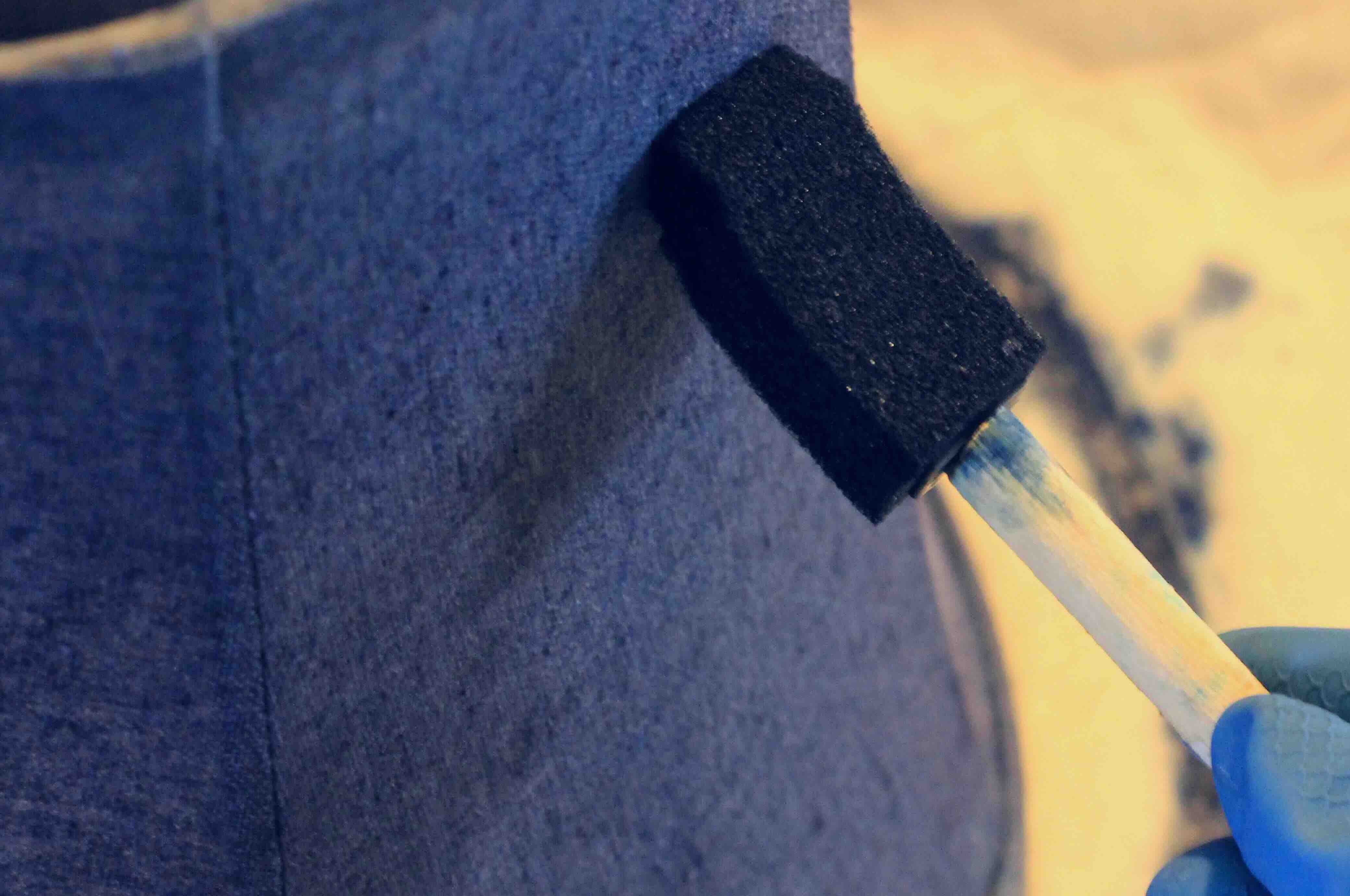
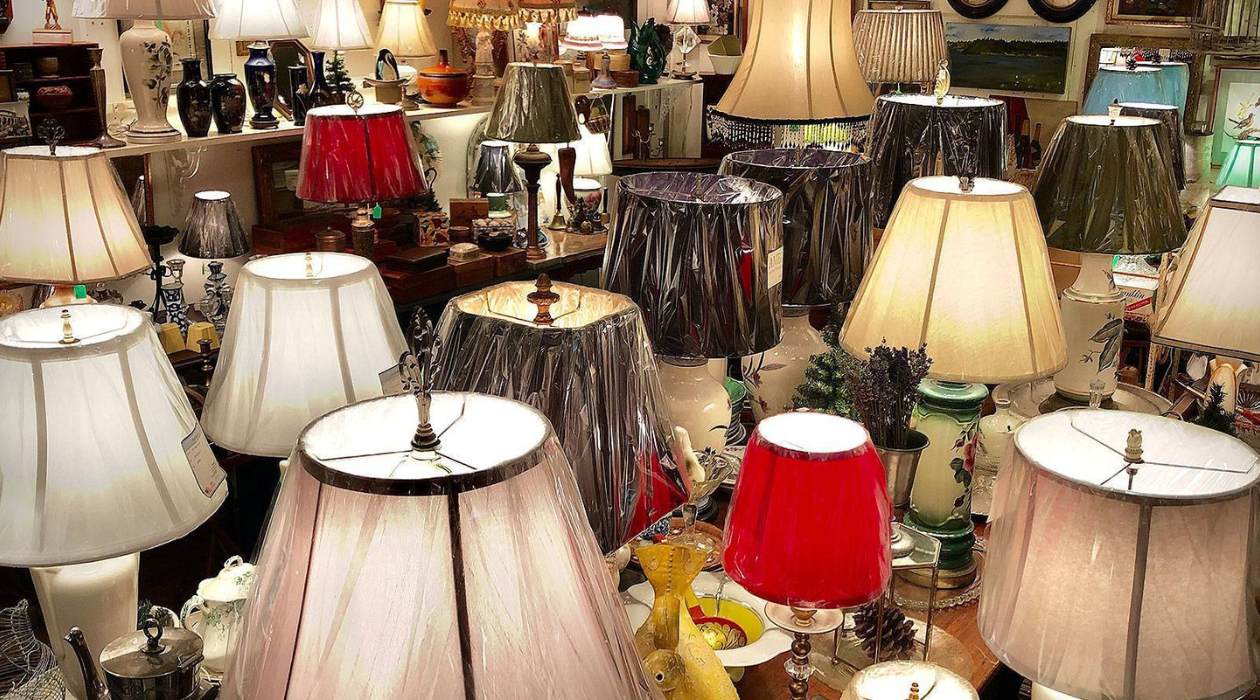
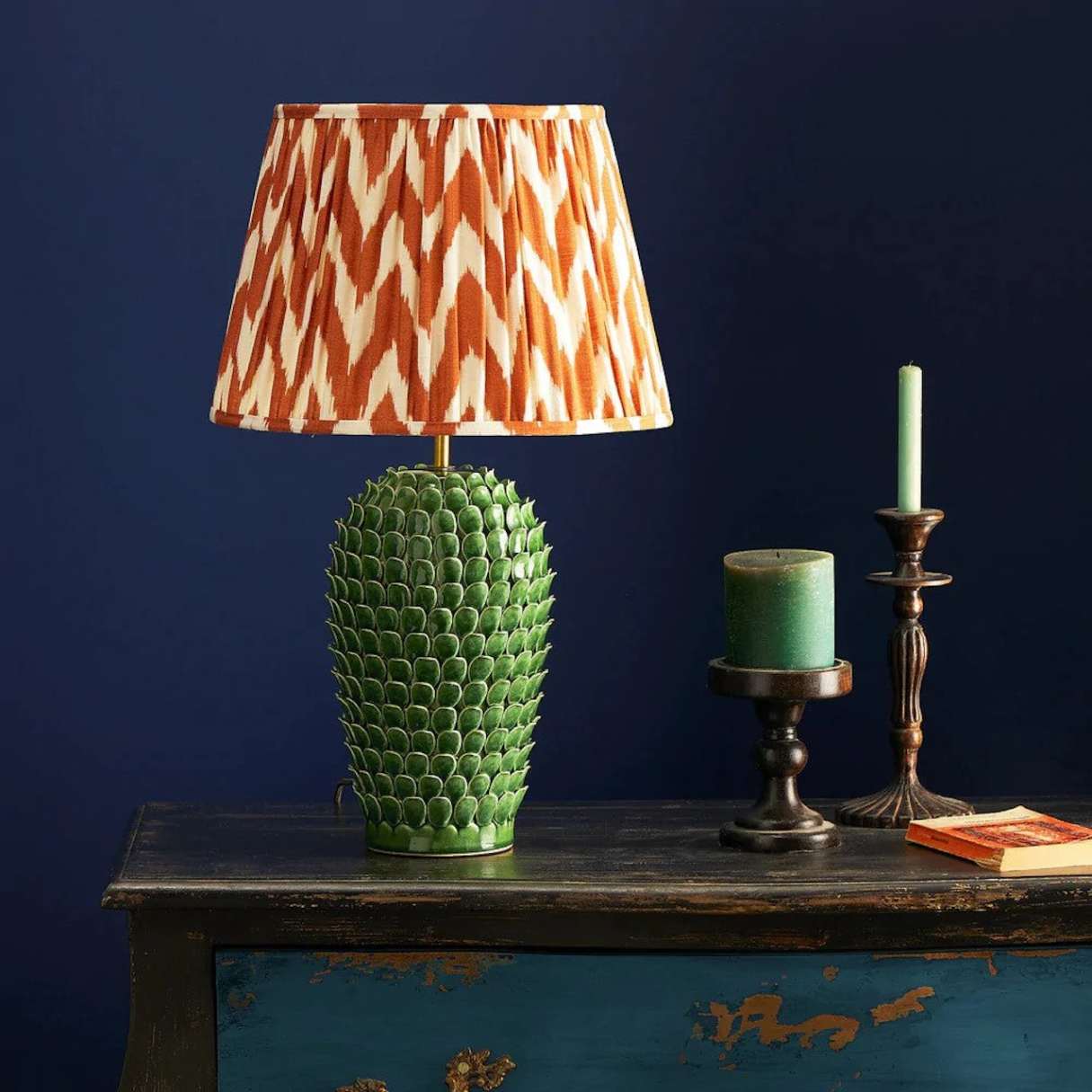
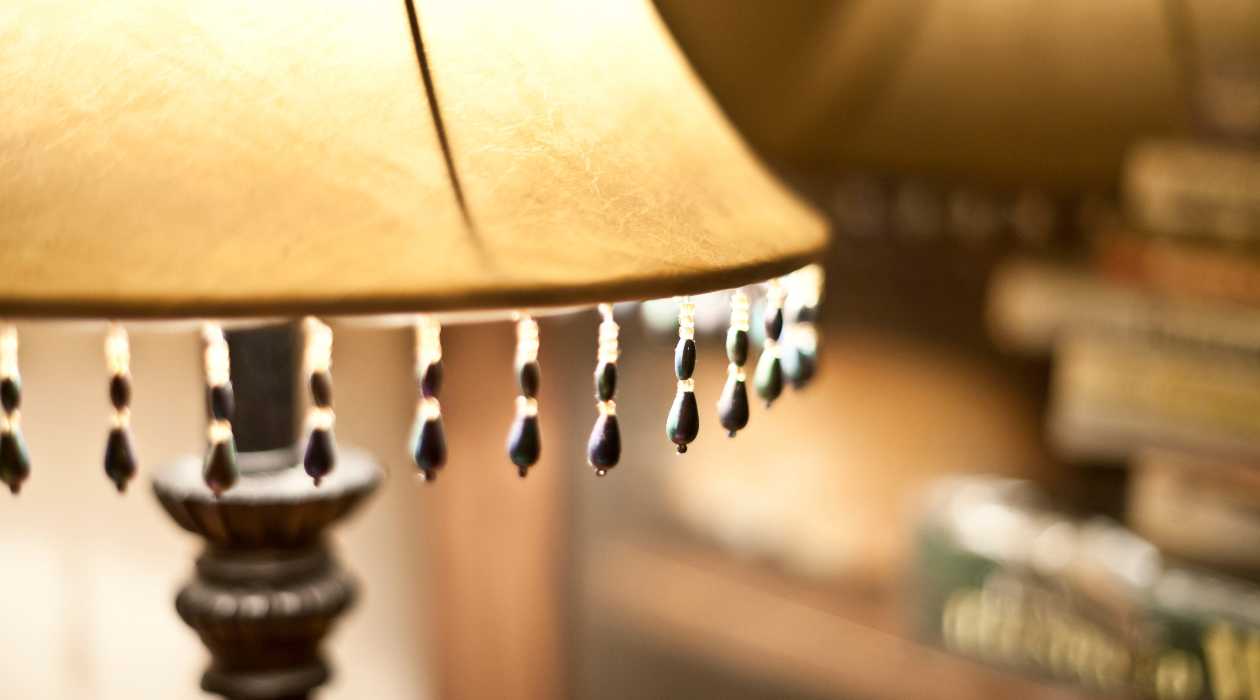
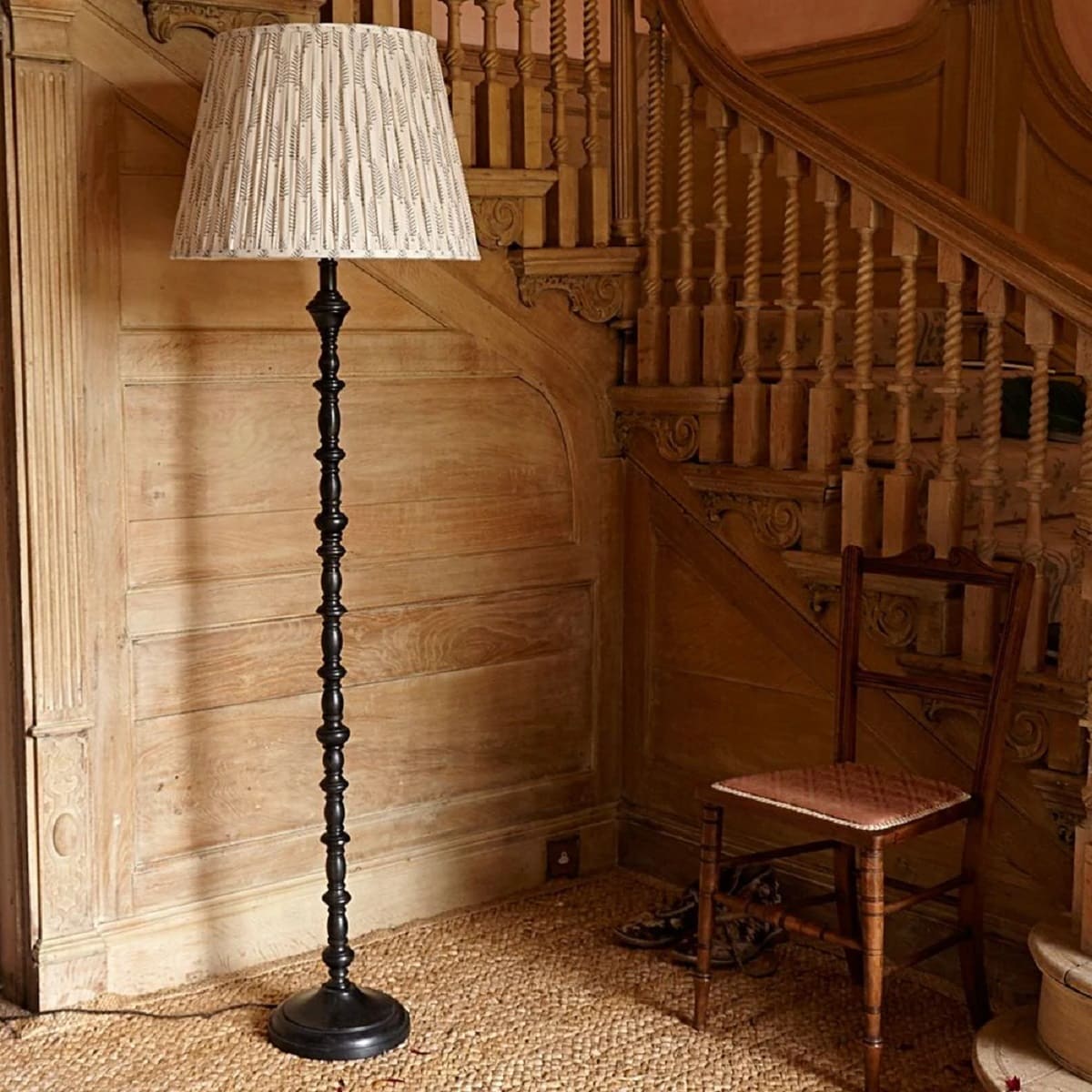
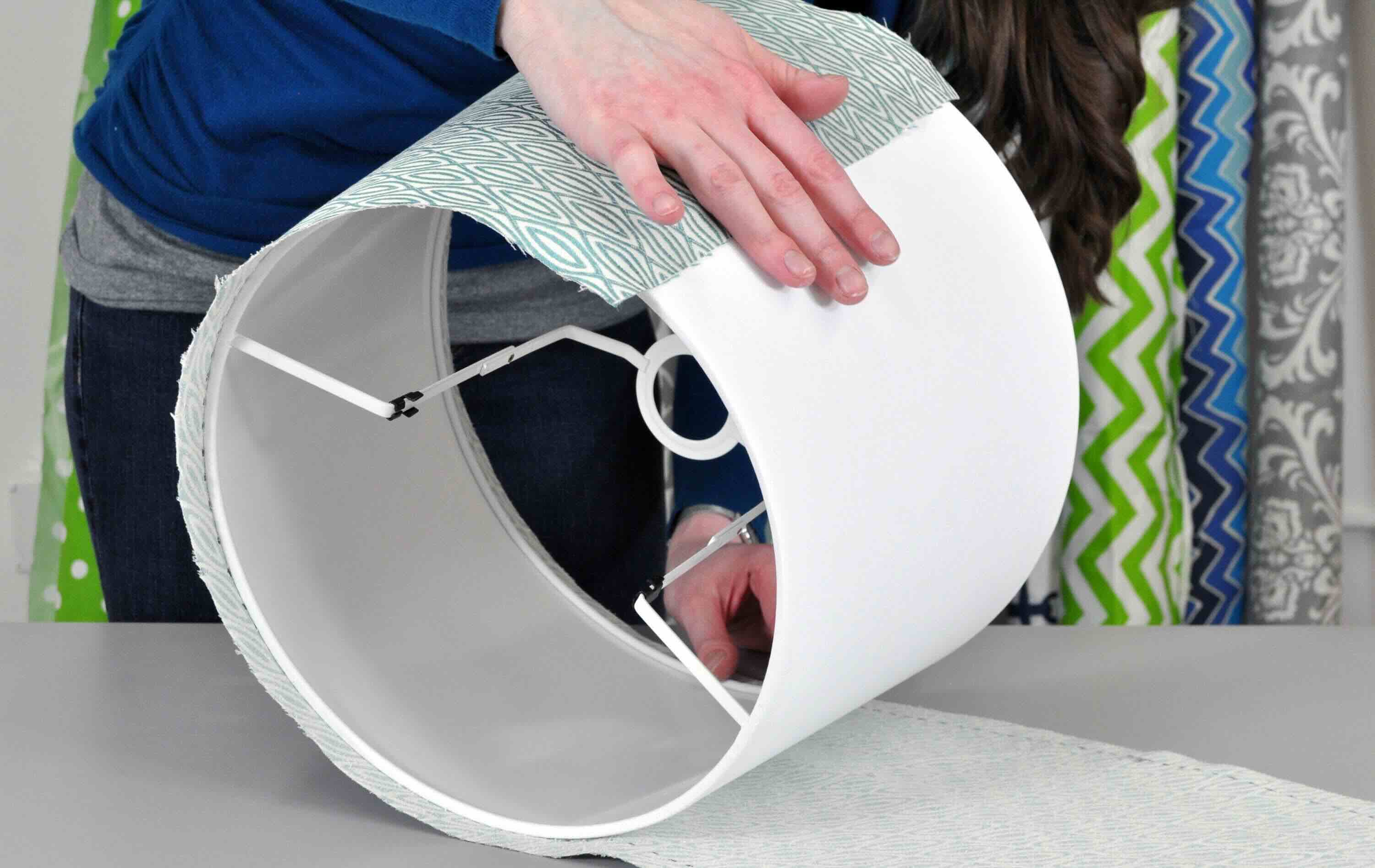
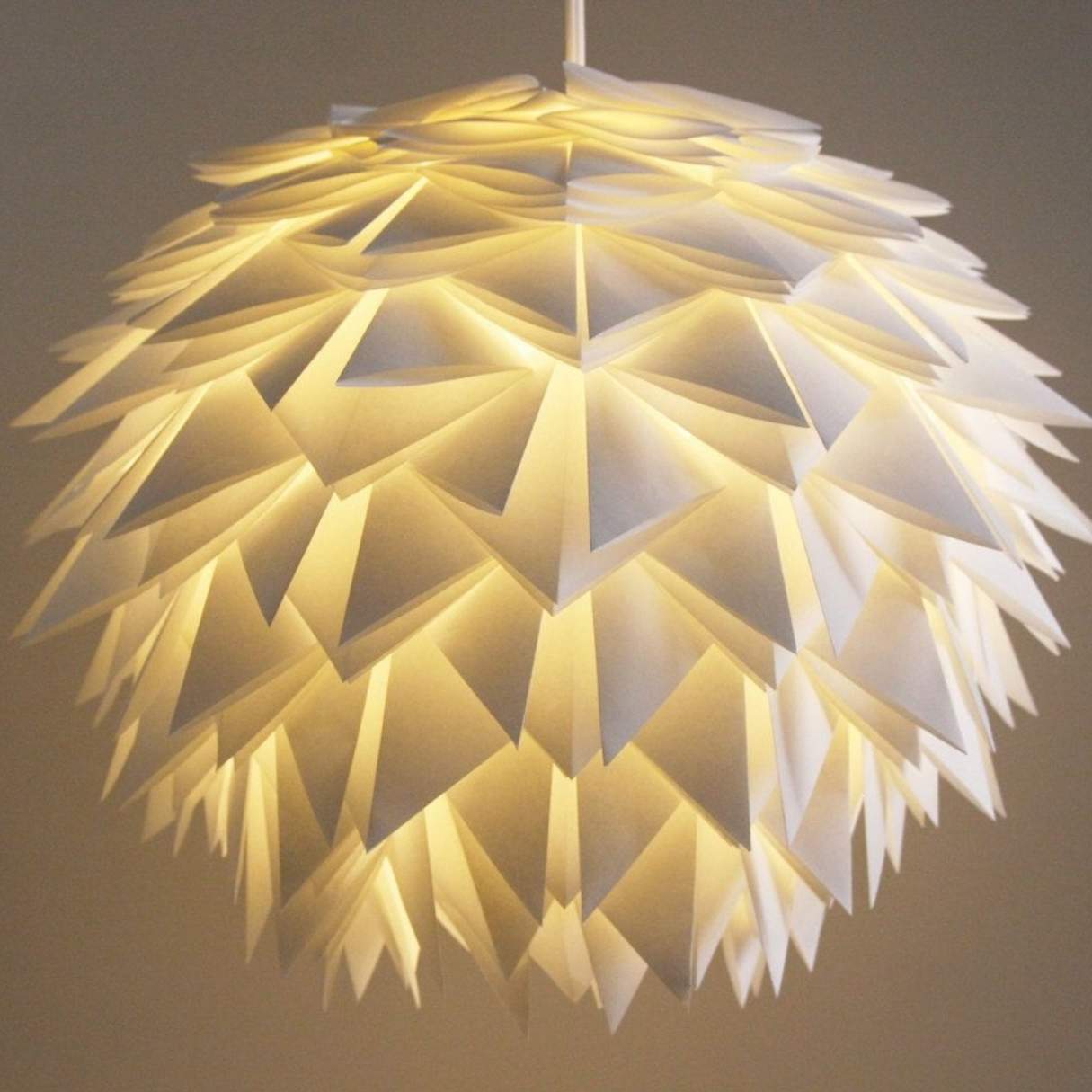
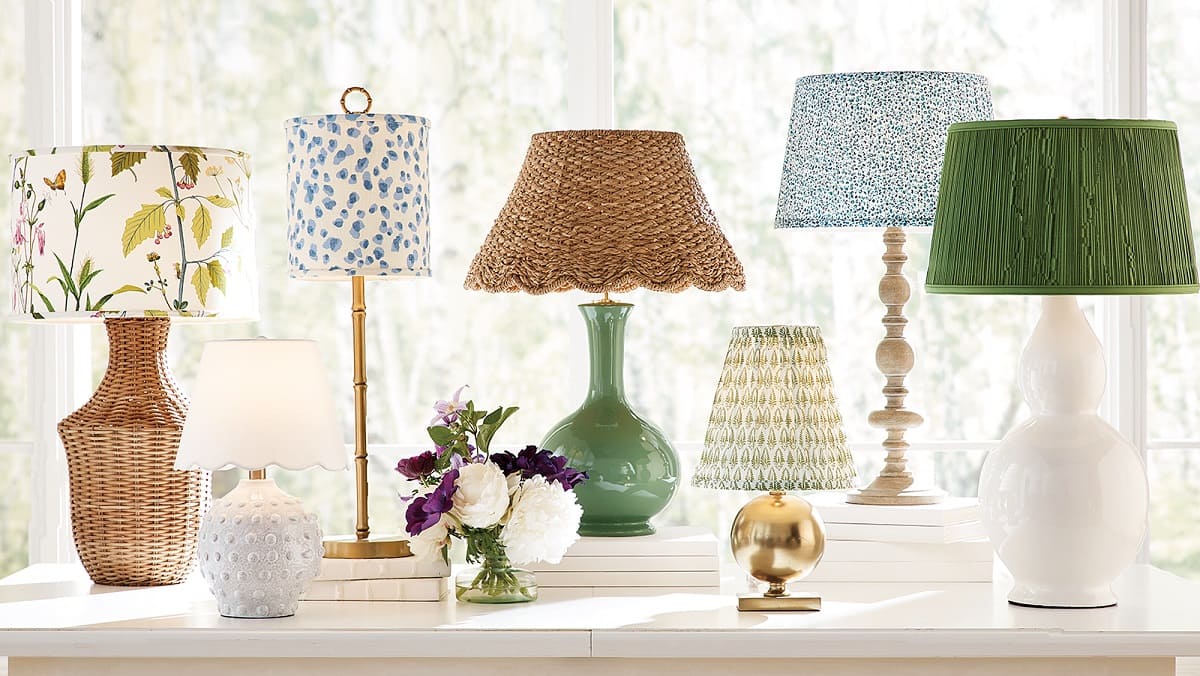
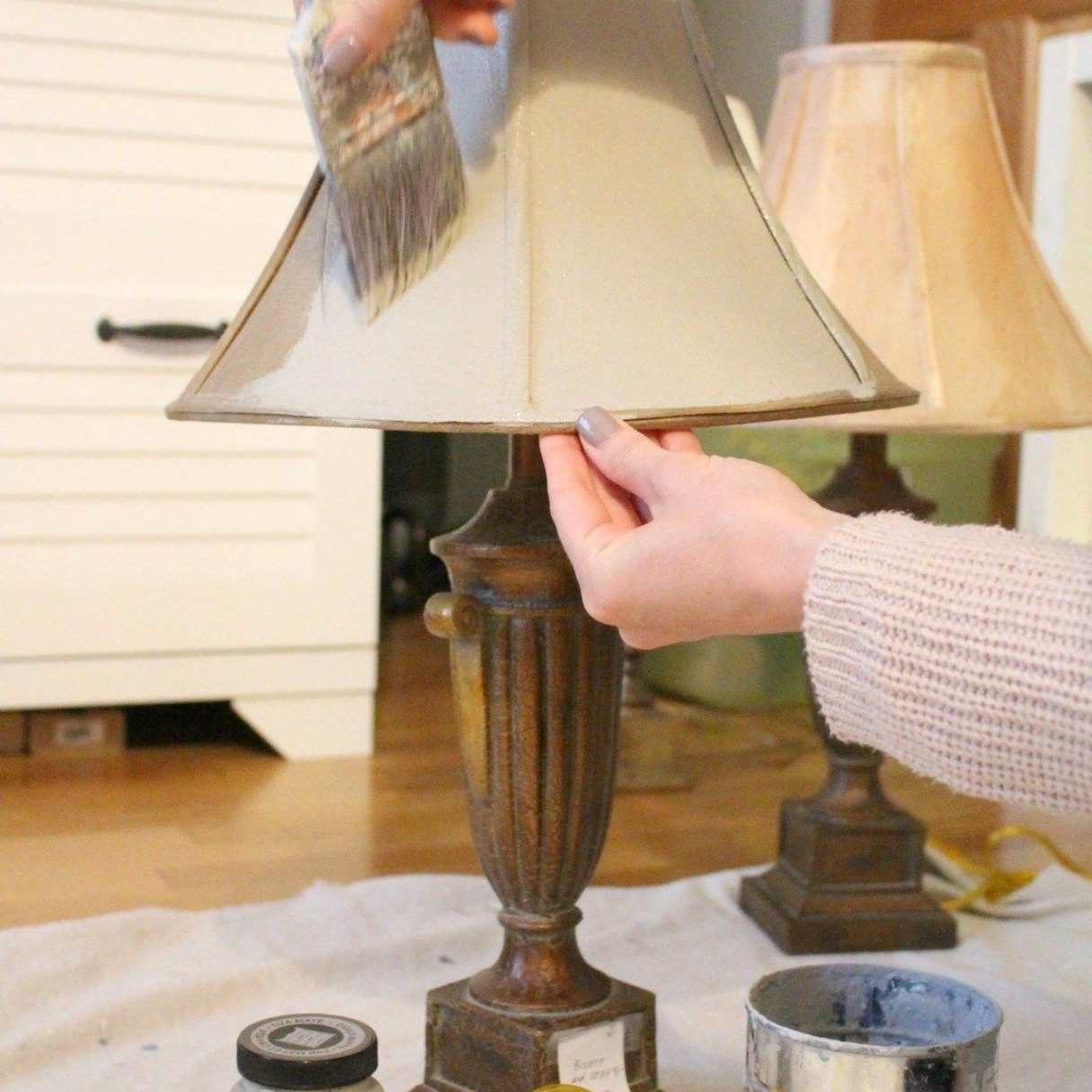
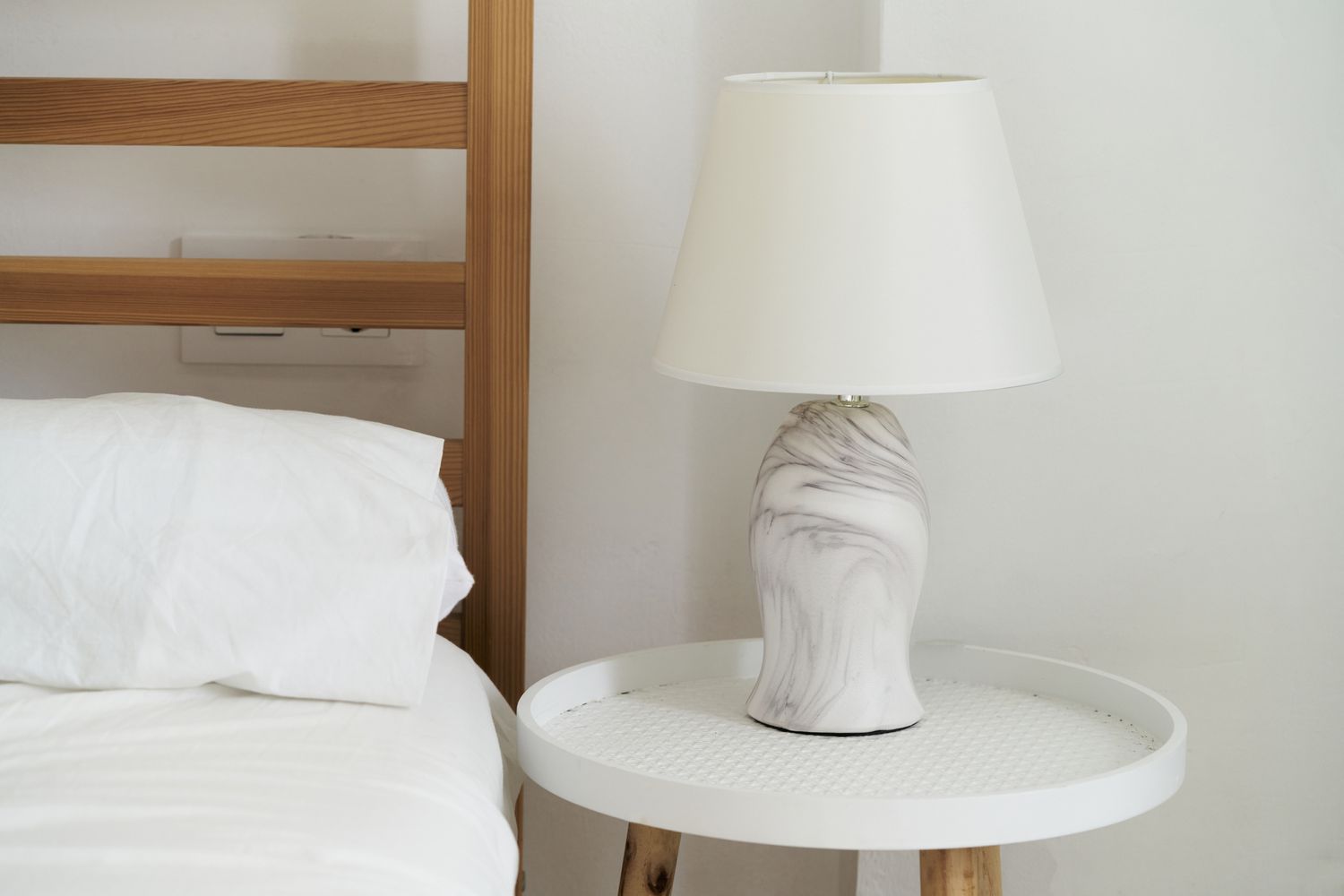
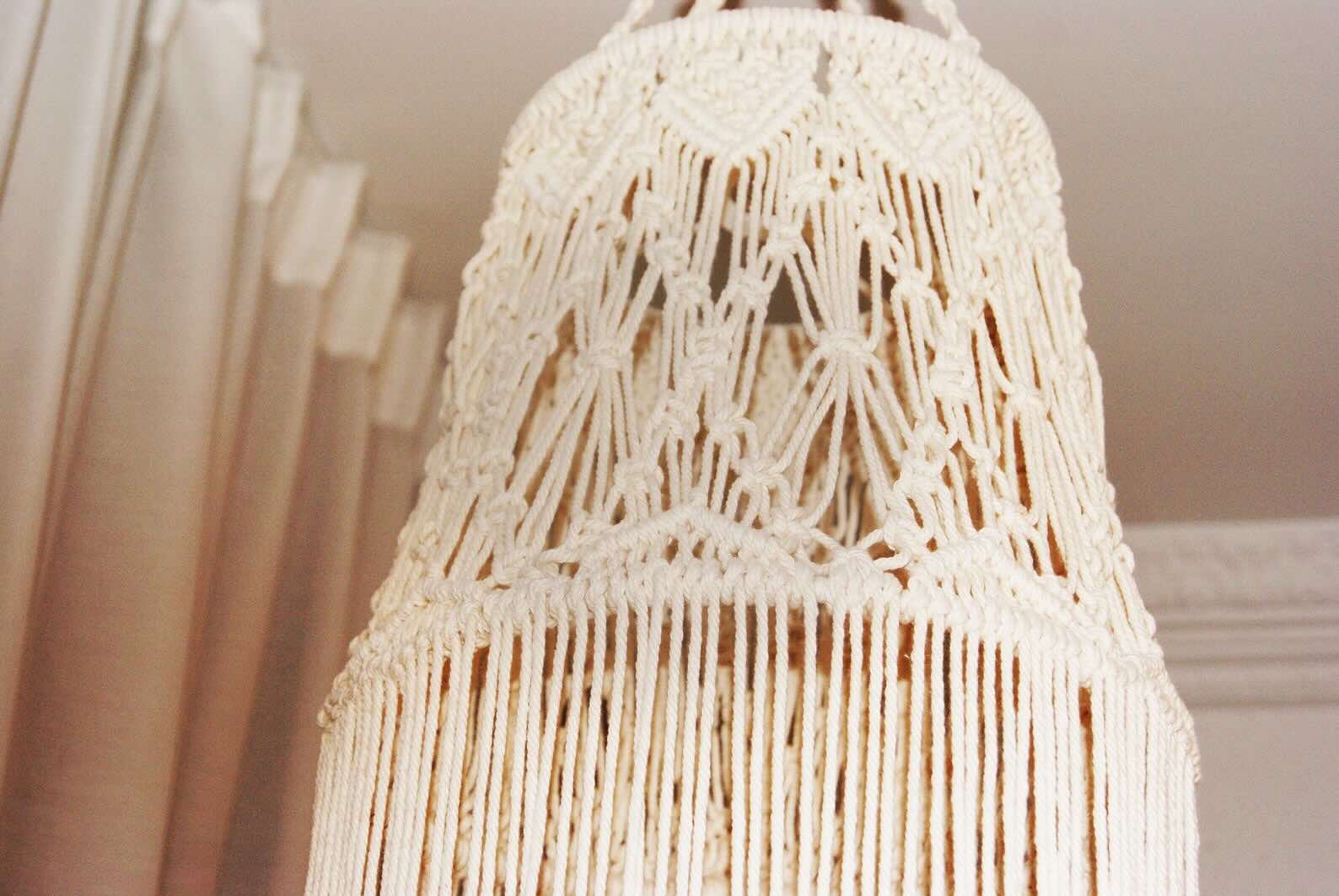

0 thoughts on “What Is A Spider Lamp Shade”